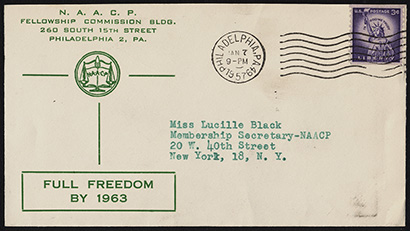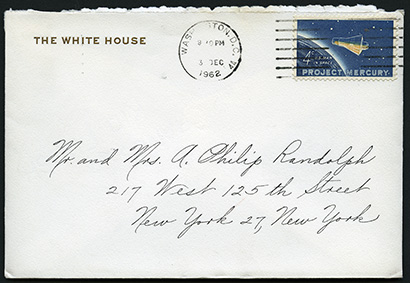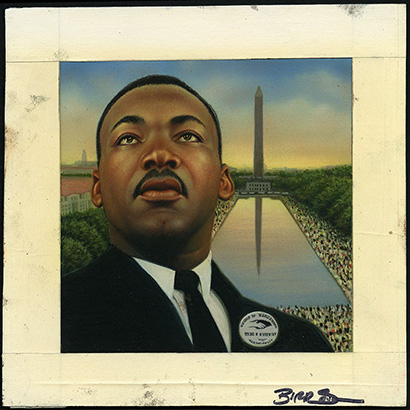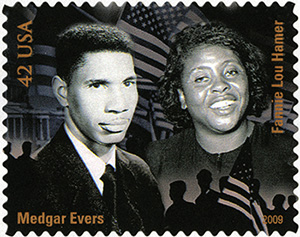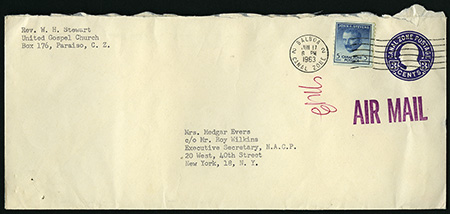During the 1950s, legal and political challenges to segregation were replaced by non-violent “direct action” tactics such as boycotts, sit-ins, and marches. This was due in part to the influence of World War II veterans, who had fought for freedom abroad and were no longer willing to accept less at home. The largest and most famous of these demonstrations was the August 1963 March on Washington for Jobs and Freedom, the setting for Martin Luther King’s I Have a Dream speech.
Chicago NAACP Race Restrictive Covenants Cover, June 6, 1945
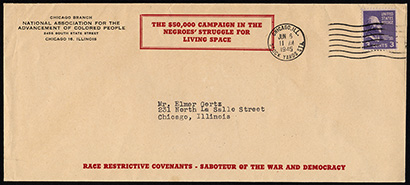
As America suburbanized from the 1920s to the 1960s, black Americans were excluded from buying homes in many communities. The NAACP addressed this trend at the end of World War II, when returning black veterans were entitled to low cost G.I. Bill mortgages but found it difficult to buy property.

